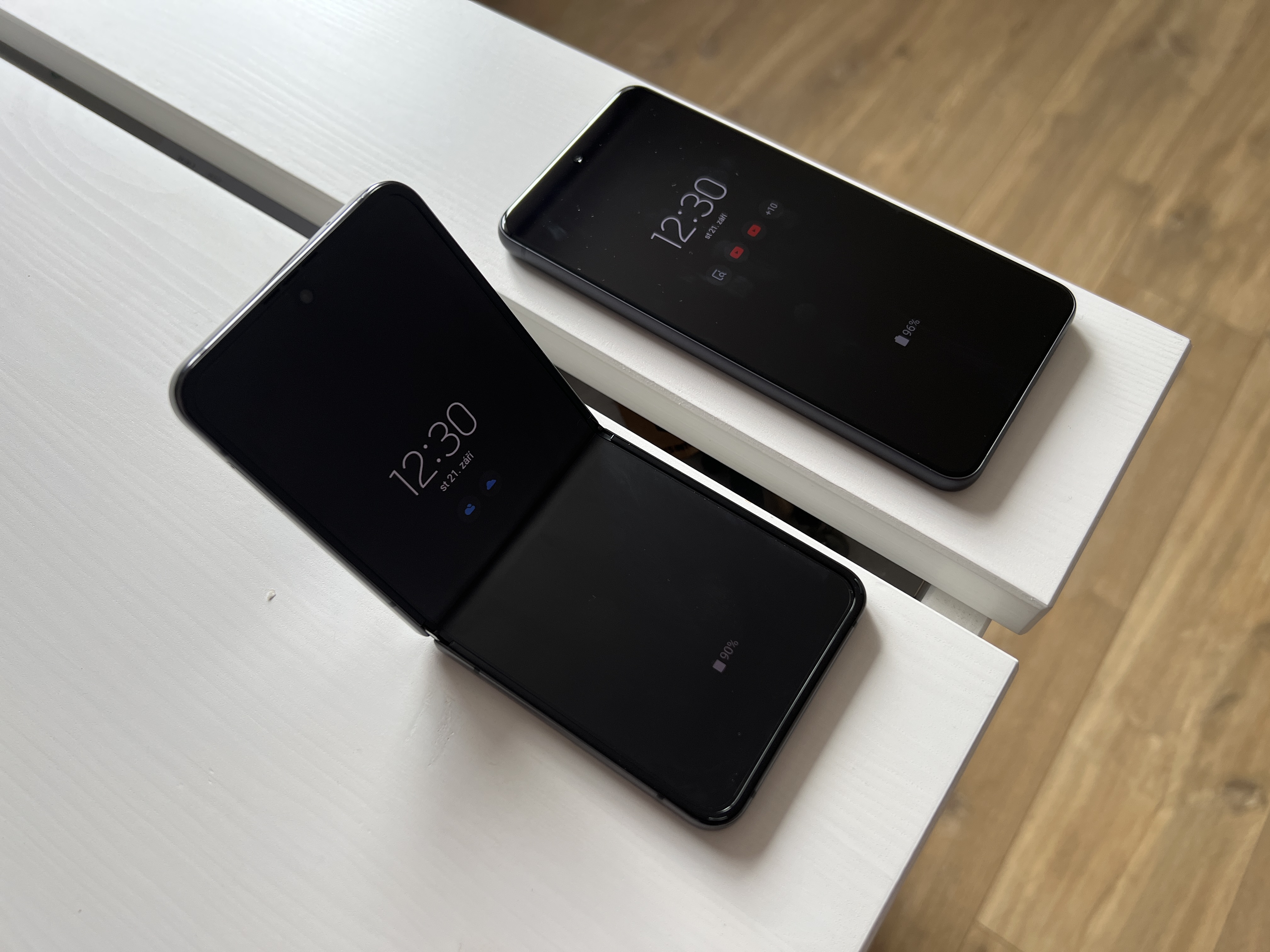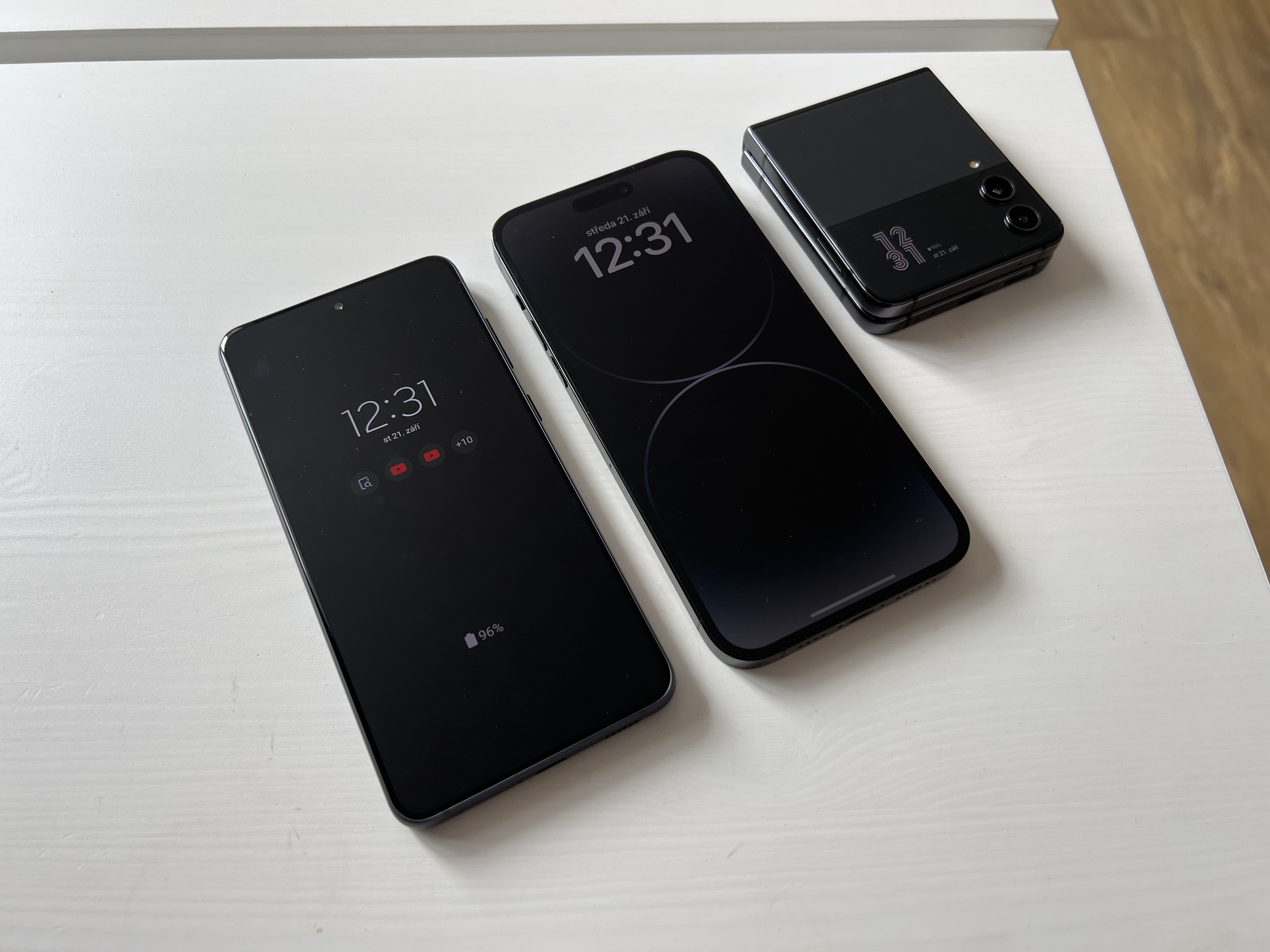We have literally been waiting years for the always-on display from Apple and its iPhones. What used to be standard on Android phones remained wishful thinking for iPhone owners. Everything changed with the arrival of the iPhone 14 Pro. But how will Apple further improve this feature?
It was quite a thorny road. When Apple finally provided the adaptive refresh rate of the display in the iPhone 13 Pro, we also expected support for the always-on display, which we already knew from the Apple Watch. But the frequency started at 10 Hz, which was still too much. It wasn't until it dropped to 1 Hz that Apple finally enabled the feature for the new, top-of-the-line iPhones. But not in the way we would like.
It was a certain cat dog that many did not like not only for its presentation but also for its functioning. A wave of criticism fell on the company, when Apple realized that it had somewhat overshot. It wasn't until mid-December last year that he released the iOS 16.2 update, which, after all, allows Always-On to be set up more closely and thus make it more usable. But what next?
It could be interest you
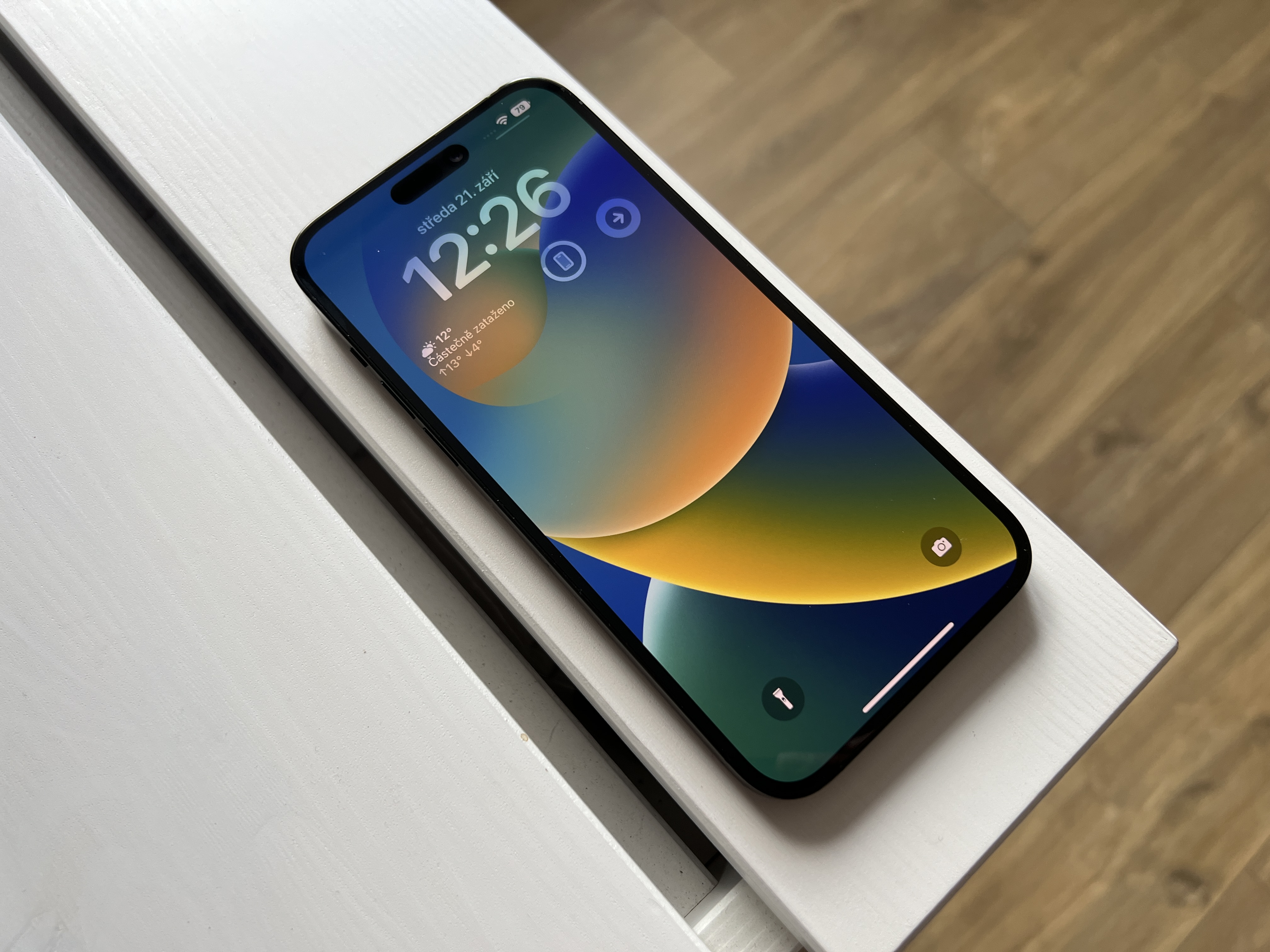
It's about brightness
If the "first" version didn't work, the second one is much more usable. However, iPhones are still at the beginning of their journey in this regard, and Apple has quite a lot of room to move the functionality of the always-on display further. We also had to wait for many years to edit the locked screen, but because the way Apple did it, on the contrary, it aroused positive responses, manufacturers of Android devices also began to copy these options. For example, Samsung "flipped" it into its One UI 5.0 in a 1:1 ratio, without it being silly.
However, the company has longer experience with Always-On on the Apple Watch, and it can basically draw from there to improve its still new function of iPhones. On Apple watches, we regularly encounter how the brightness of the always-on display increases slightly year after year, so that it is almost close to the classic display. So there is no reason for Apple to go in a different direction, or to ignore this fact altogether. After all, brightness is now what determines display quality.
It could be interest you
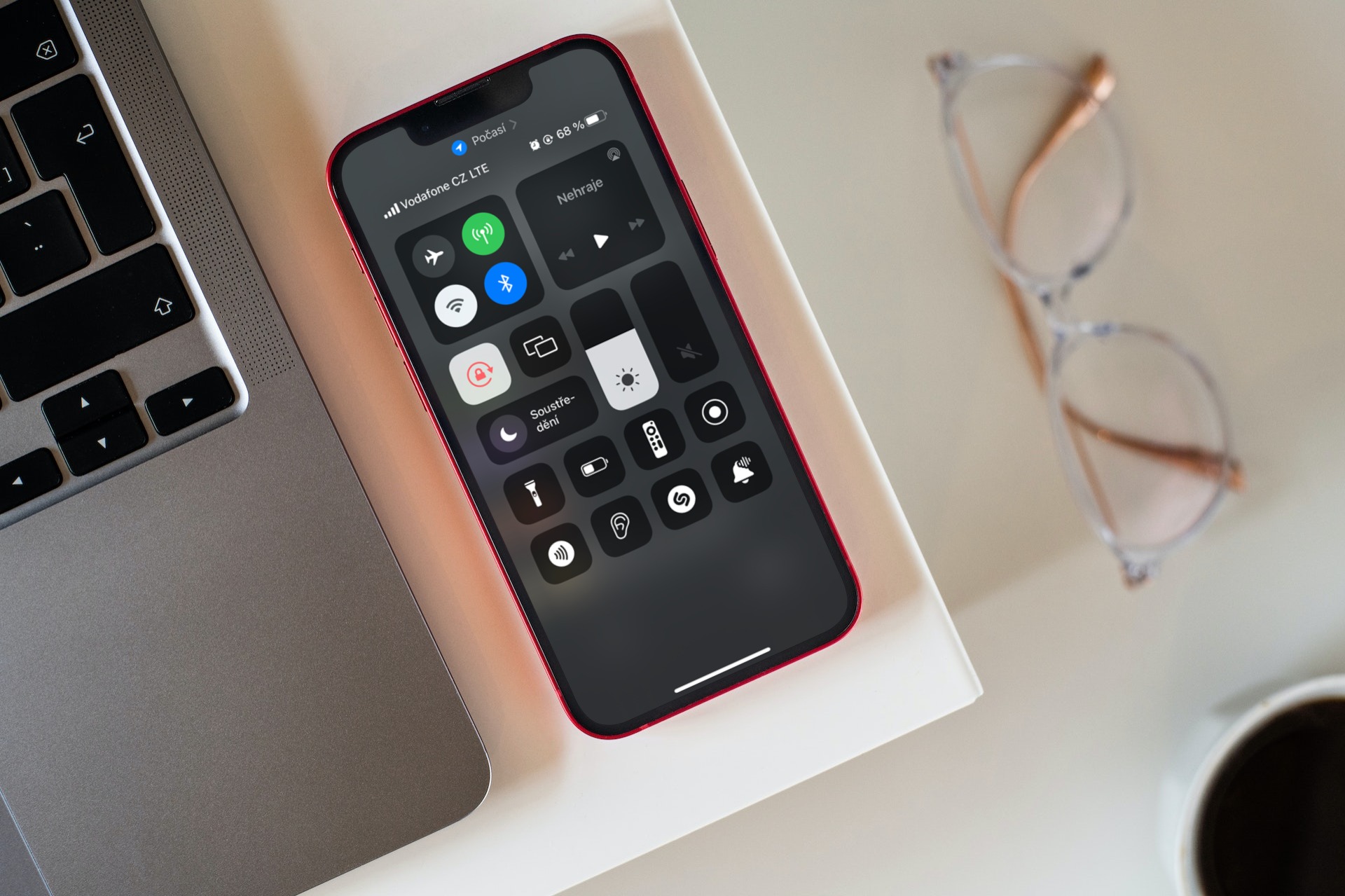
The companies began to compete not in technology, resolution and faithful rendering of colors, but precisely in maximum brightness. Apple can reach a peak of 14 nits in its iPhone 2 Pro, which no one else can do – not even Samsung in its flagship Galaxy S000 line, and Apple supplies these displays themselves.
It is certain that the iPhone 15 Pro will again include Always-On, and that Apple will continue to improve this feature. We will find out exactly how soon, because at the beginning of July, WWDC23 awaits us, where the company will show us the form of its new mobile operating system iOS 17, and what it brings as news. Last year we could only argue here about the always-on display, now we have it here and it will be interesting to see where it will move next.
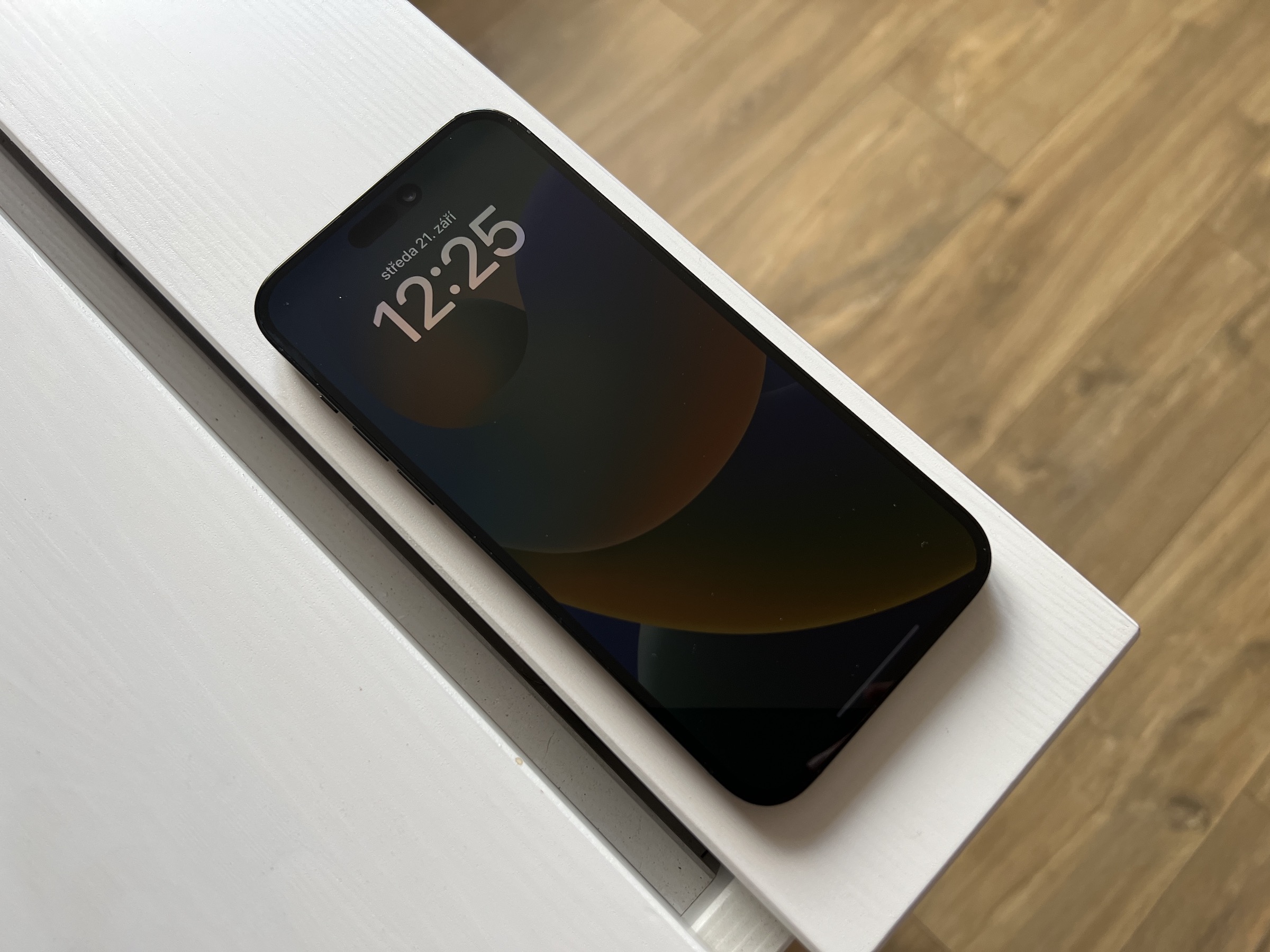
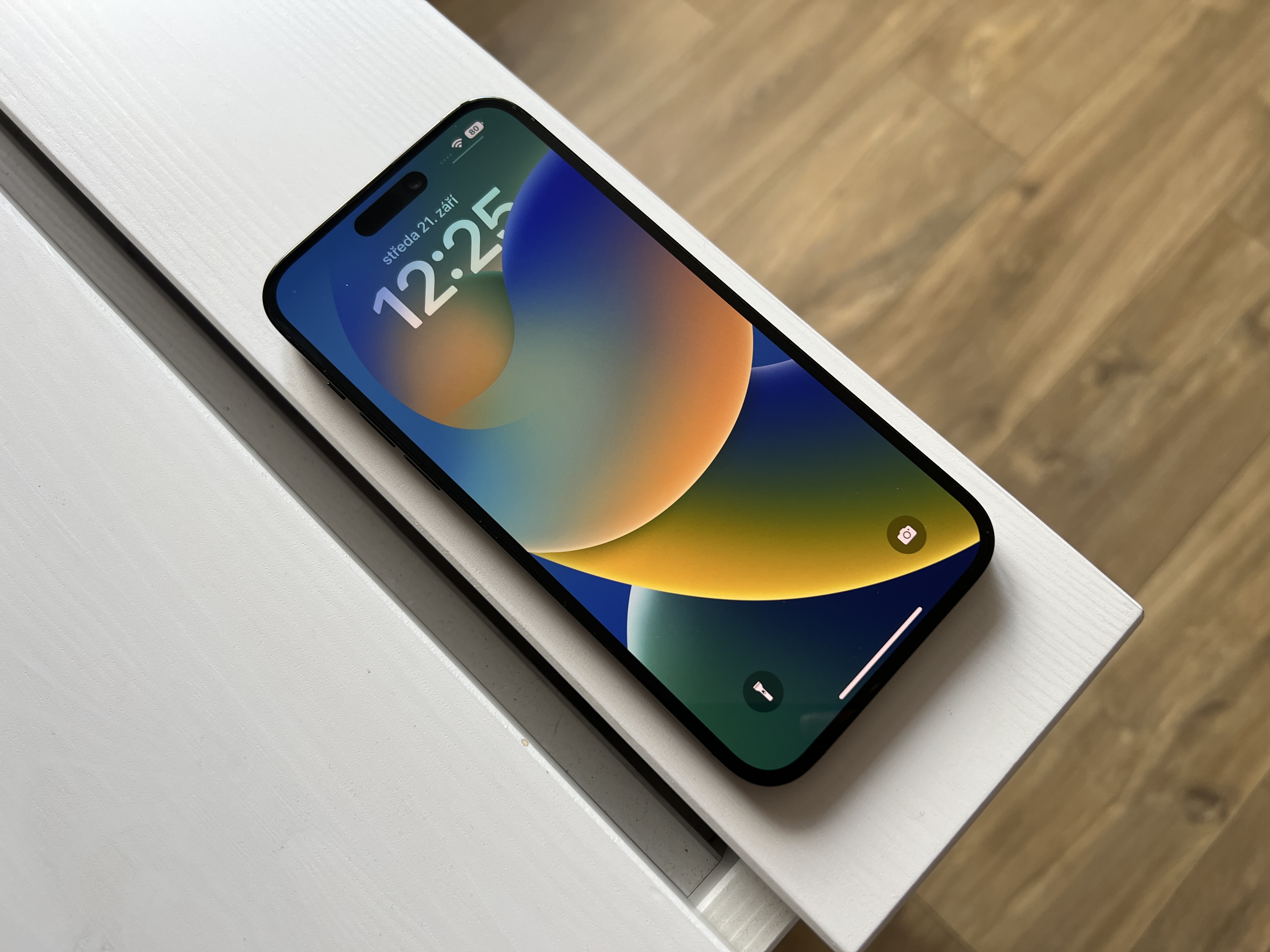
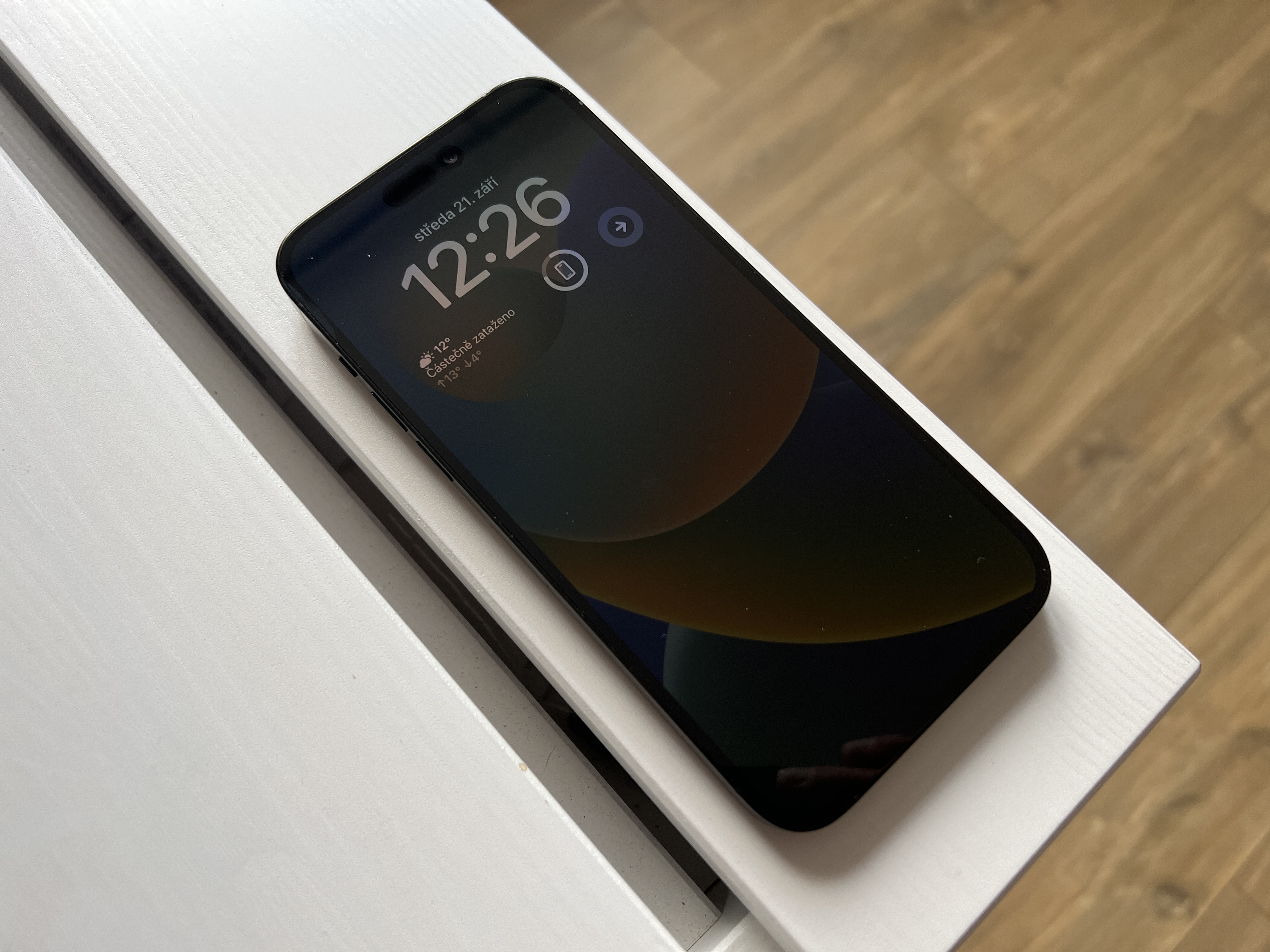
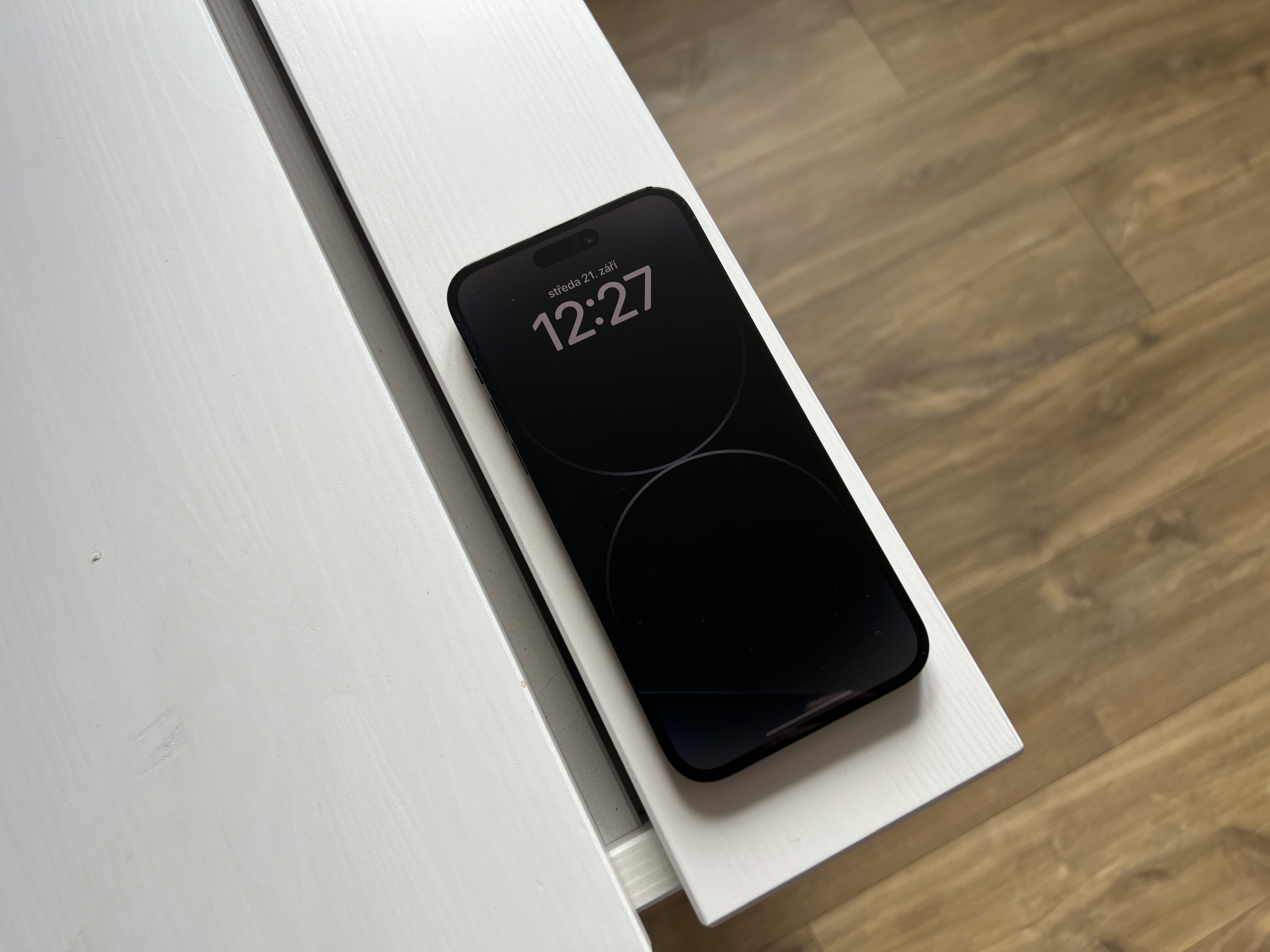
 Adam Kos
Adam Kos 

